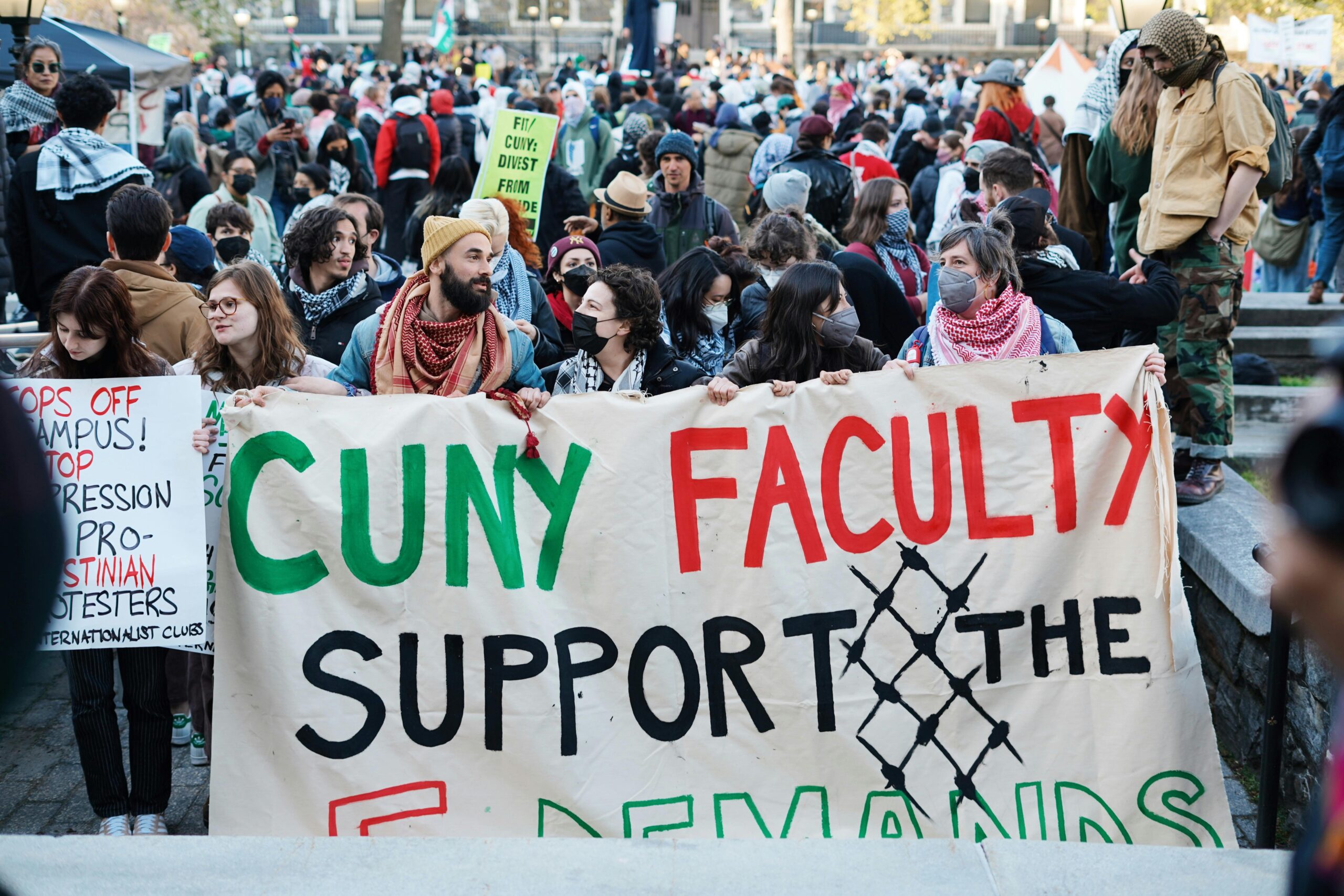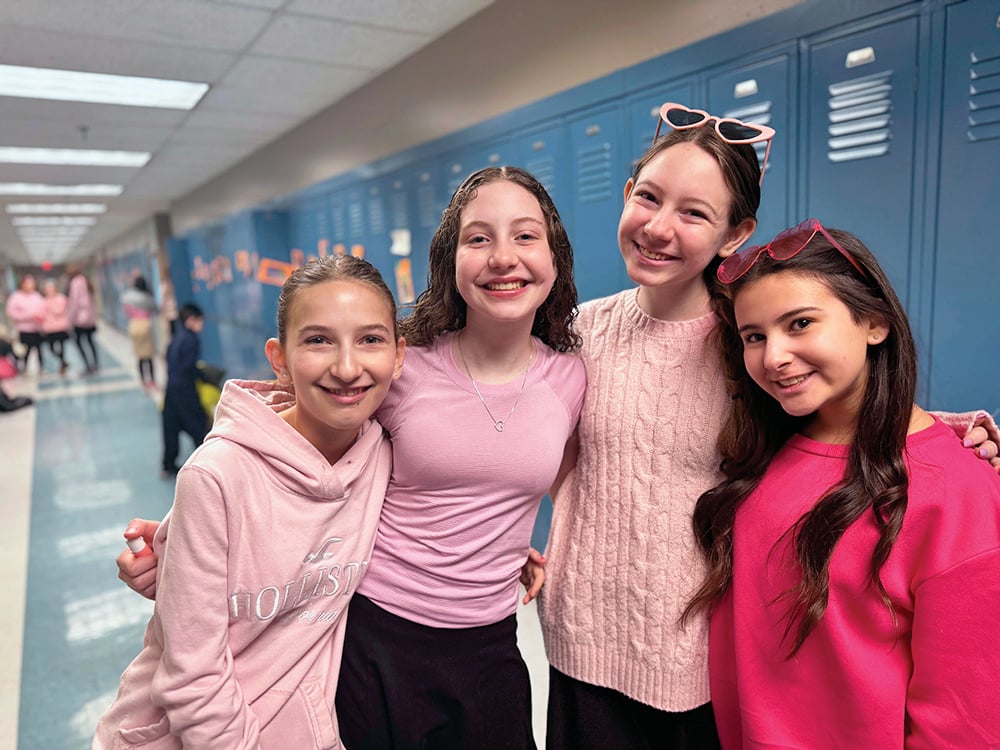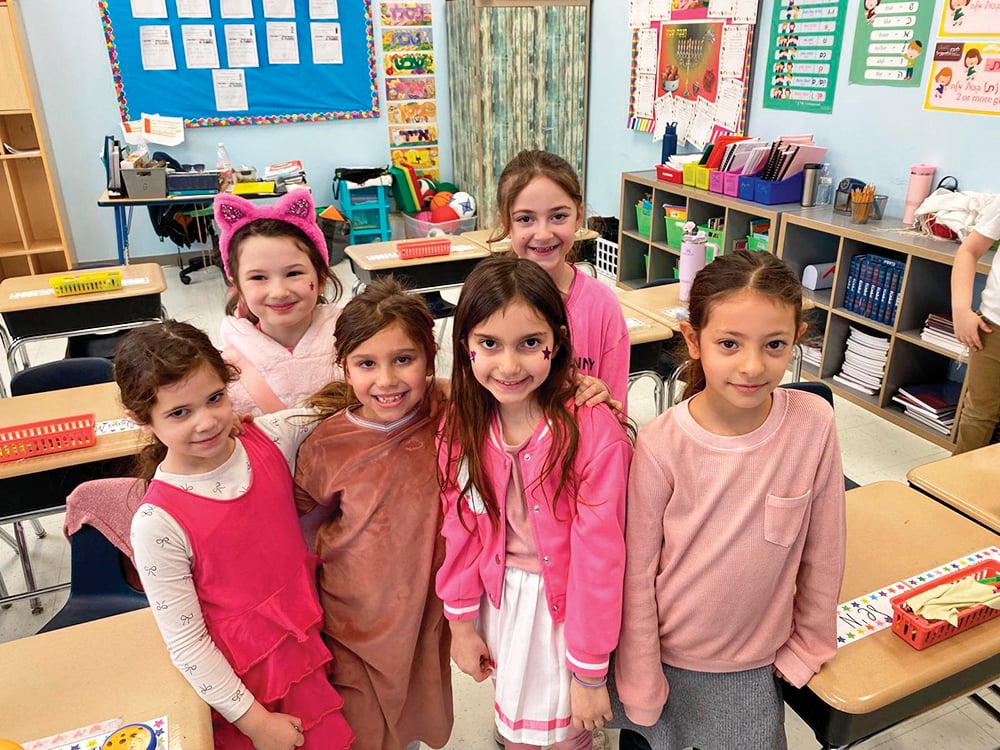Sephardic and non-Chasidic Ashkenazic Jews follow the custom recorded in the Shulchan Aruch (Orach Chaim 270) to recite the Mishnayot of the second perek of Masechet Shabbat, Bameh Madlikin, on Friday evenings. It is highly unusual to incorporate an entire perek of Mishnayot in our liturgy, piquing our curiosity about this custom.
Five Classic Reasons
The Yalkut Yosef, Shabbat, vol. 1, book 3, p. 35, lists many reasons why this was established as part of the Kabbalat Shabbat (translation from Rav Yonatan Nacson’s forthcoming work on Hilchot Shabbat). To name a few:
1. Orchot Chaim 62a and Kol Bo §35 state that this practice was established so that one should not leave people still praying behind in the synagogue alone. This explanation follows the opinion that we should recite Bameh Madlikin after Arvit.
2. Tur §270 explains that we recite Bameh Madlikin to remind the family on Erev Shabbat (as taught by the Mishna) to set up an eruv, separate maaser on Israeli produce and light candles. For this reason, the Avudarham states that one should recite this paragraph before accepting Shabbat. The Shulchan Aruch records that this was the practice of Jews in Spain. Rav Karo (who was born in Spain in 1488 and expelled with his family from there at age 4) endorses this practice.
3. Bach §270 states that it reminds us of the halachot of lighting candles, carrying without an eruv, not eating Israeli produce from which maaser was not given and the proper oils that one may use for hadlakat nerot.
4. The Shelah and the Chemdat Yamim, Shabbat Kodesh, ch. 5 explain that there are Kabbalistic reasons (see also Kaf HaChayim 270:1).
5. The Siach Yitzchak §250 explains that if one forgot to light candles, then through the recitation of the chapters of Bameh Madlikin, it can be considered as if one did so.
A Few New Thoughts
Since each generation is summoned to add new layers of meaning to Torah (see Chullin 7a), we will propose a few more ideas.
Based on the last two reasons, we suggest that women usher the Shechina into the home by lighting Shabbat candles (see Rashi to Bereshit 24:67) and men learning the Mishnayot of Perek Bameh Madlikin introduce the Shechina into our communities on Friday evenings.
I was privileged to hear Rav Yosef Dov Soloveitchik contribute another reason (in shiur at Yeshiva University in October 1984). The Rav said that just as we accept Shabbat through the recitation of the Torah Sh’bichtav (the Written Law—referring to perakim of Tehillim we recite during Kabbalat Shabbat), so too do we accept Shabbat through the recitation of a portion of the Torah Shebaal Peh, the Oral Law.
This comment may be understood in several ways. I understand it, in part, based on the Kabbalistic idea that the Written Law represents the Middat HaDin (Hashem’s stricter side) and the Oral Law signifies Midat HaRachamim (Hashem’s merciful side). Thus, we need to balance both the Written and Oral Law. There is also a need to reject the false Karaite interpretation of לא תבערו אש בכל מושבותיכם ביום השבת (Shemot 35:3). The Karaites think the Torah prohibits keeping a fire burning in our homes on Shabbat. The recital of Bameh Madlikin firmly rejects this false notion.
I add that the recitation of this perek reflects an observation made by the Mishna, Chagigah 1:8, that the Written Law presents very little of Hilchot Shabbat. Almost all of the laws of Shabbat appear in the Oral Law. The recitation of Bameh Madlikin reminds us that we must study the Oral Law to observe Shabbat properly.
Conclusion
מנהג ישראל תורה הוא, Jewish custom is Torah, the rishonim (such as the Ramban to Pesachim 7b) are fond of saying. Rav Soloveitchik explained that this phrase reflects that we must observe the minhagim and study their meaning and impact. I leave it to our readers to evaluate these thoughts and perhaps even contribute more explanations of the practice of reciting Bameh Madlikin.
Postscript
While Sephardic and Chasidic practices usually overlap, Bameh Madlikin is an unusual case when they diverge. Chasidim recite K’Gavna, a portion of the Zohar relevant to Shabbat. The ancient Sephardic practice, though, has been to say Bameh Madlikin. Sepharadim, in this case, maintain the tradition recorded in the Shulchan Aruch despite the general Sephardic zeal for the Zohar. Moreover, Sepharadim attach great mystical importance to the recital of Mishnayot. Thus many Sephardic Siddurim incorporate the recital of Mishnayot on various occasions (such as reciting the Mishnayot of Masechet Yoma after the Arvit on Yom Kippur night).
Rabbi Haim Jachter is the spiritual leader of Congregation Shaarei Orah, the Sephardic Congregation of Teaneck. He also serves as a rebbe at Torah Academy of Bergen County and a dayan on the Beth Din of Elizabeth.













